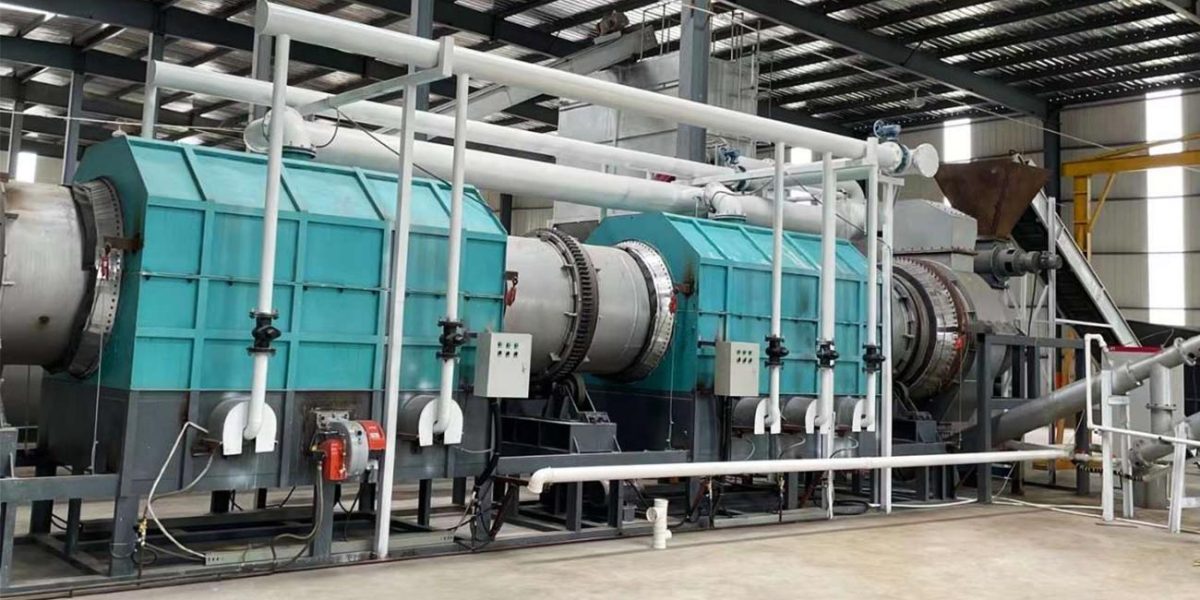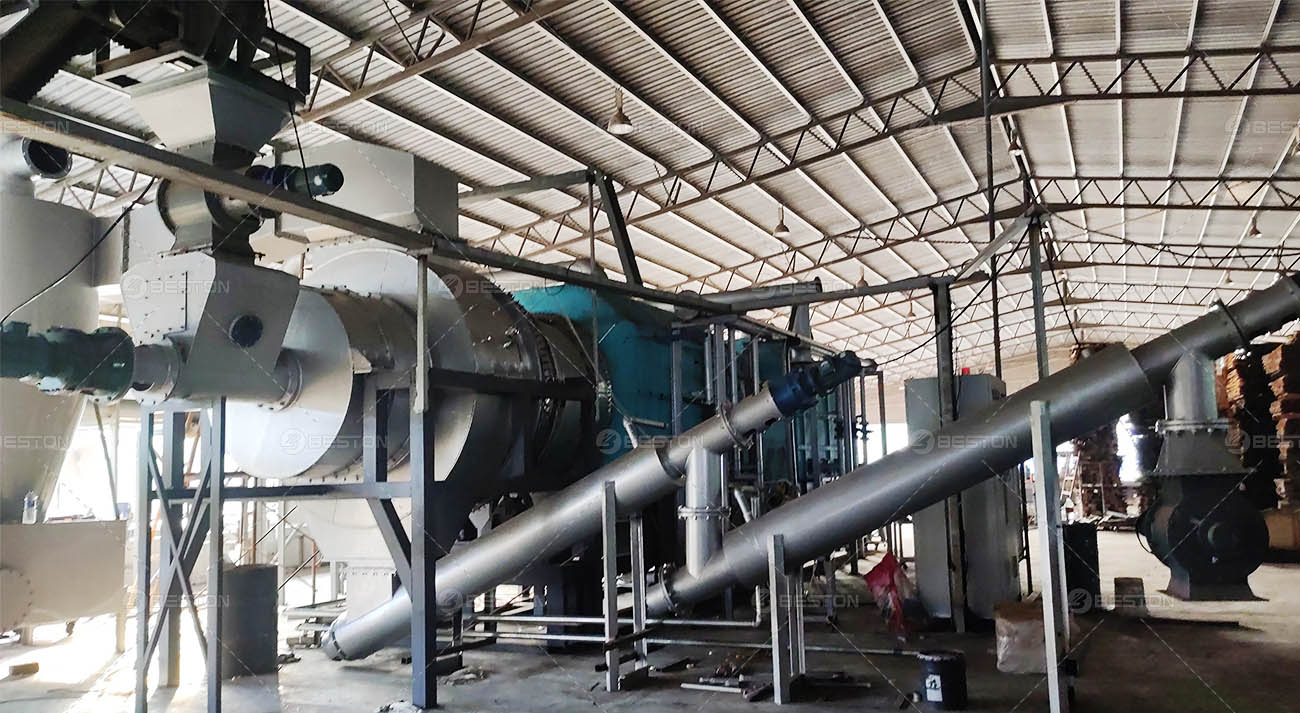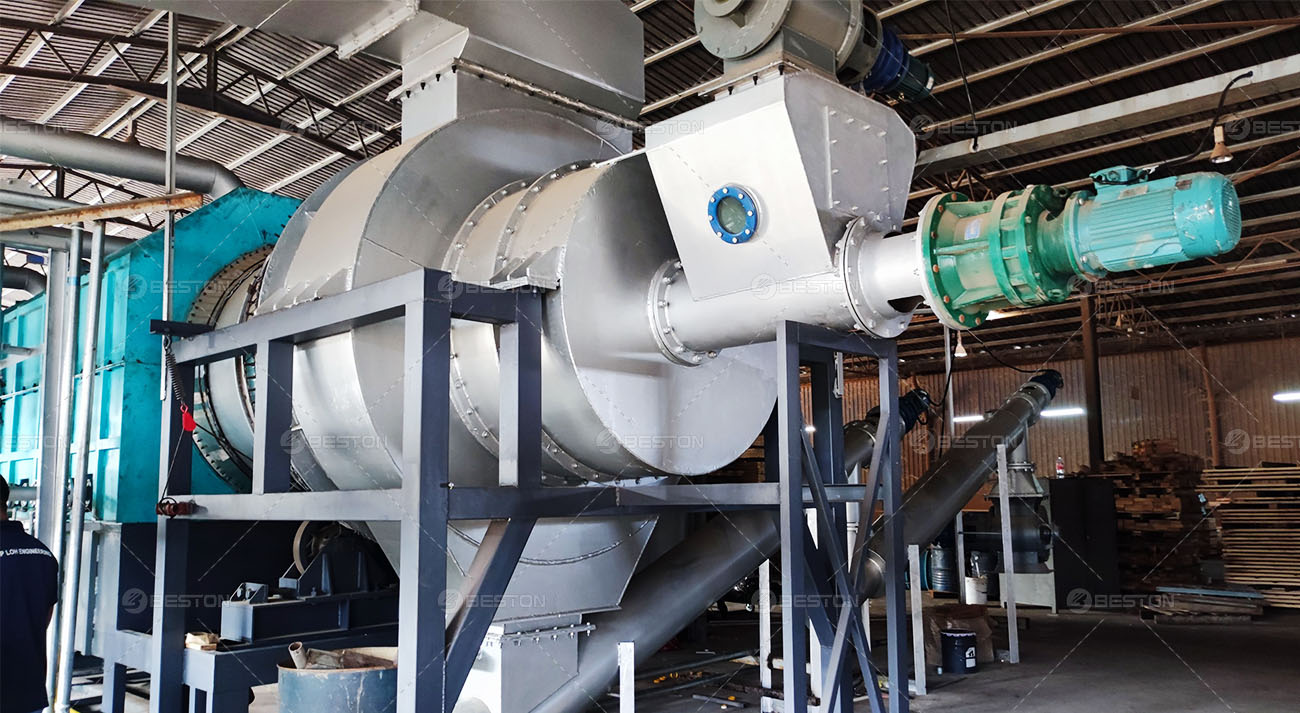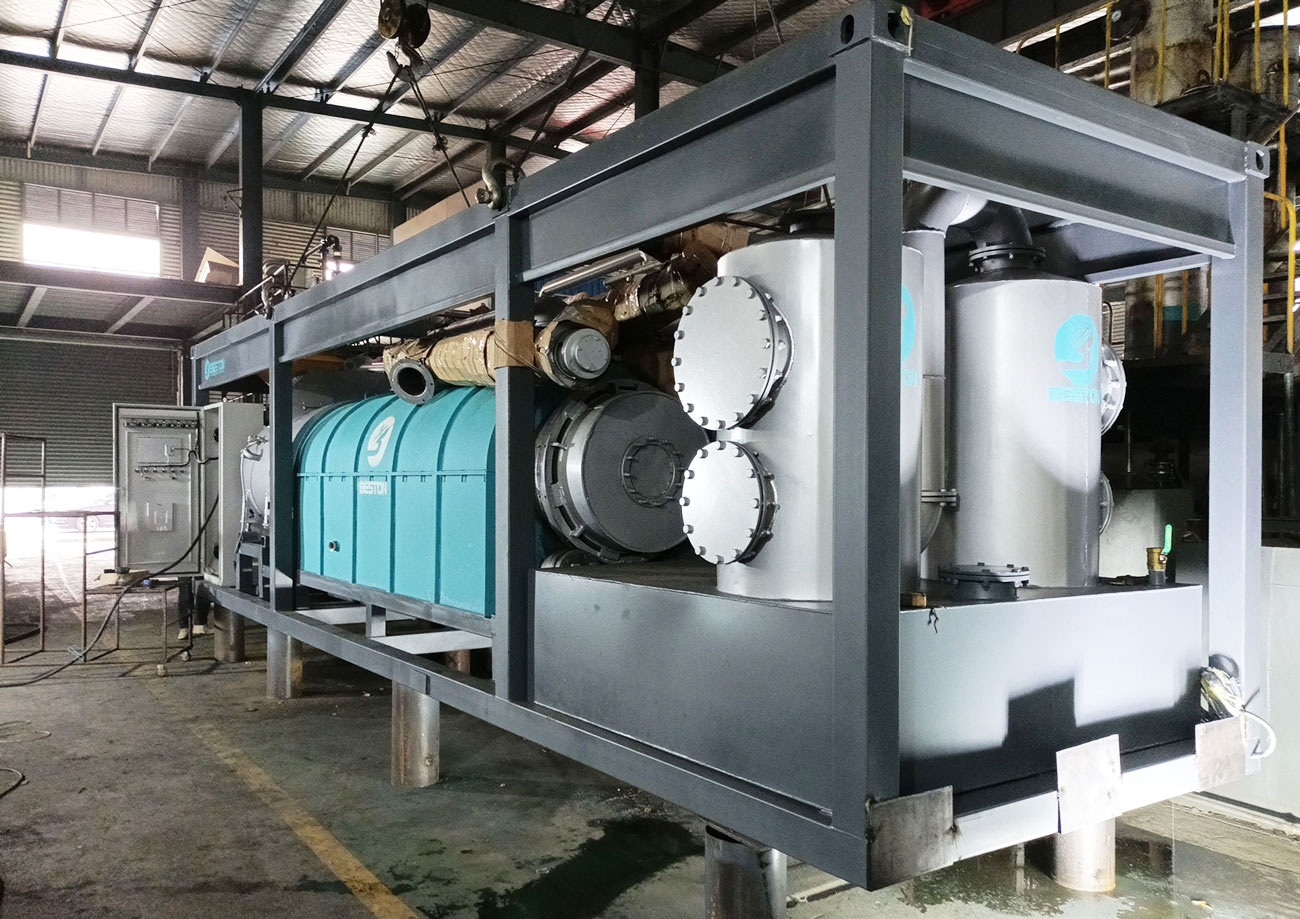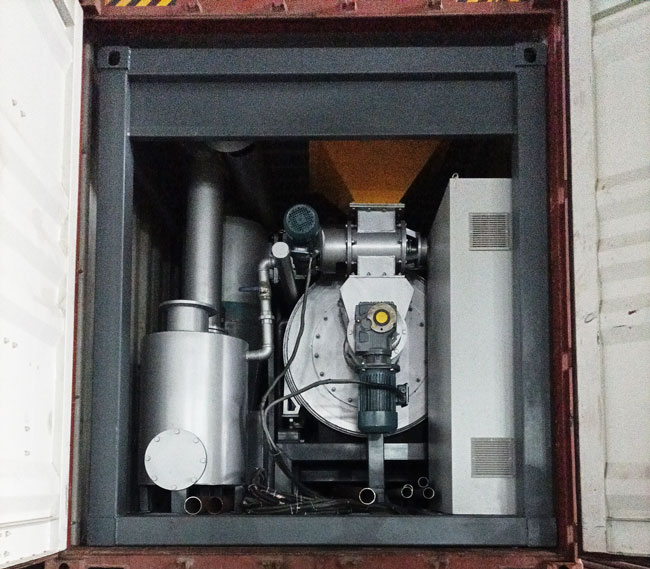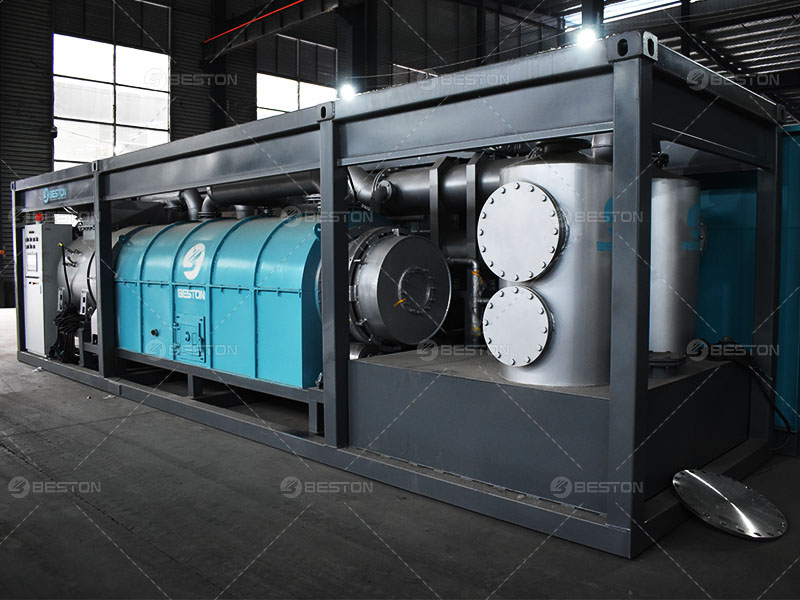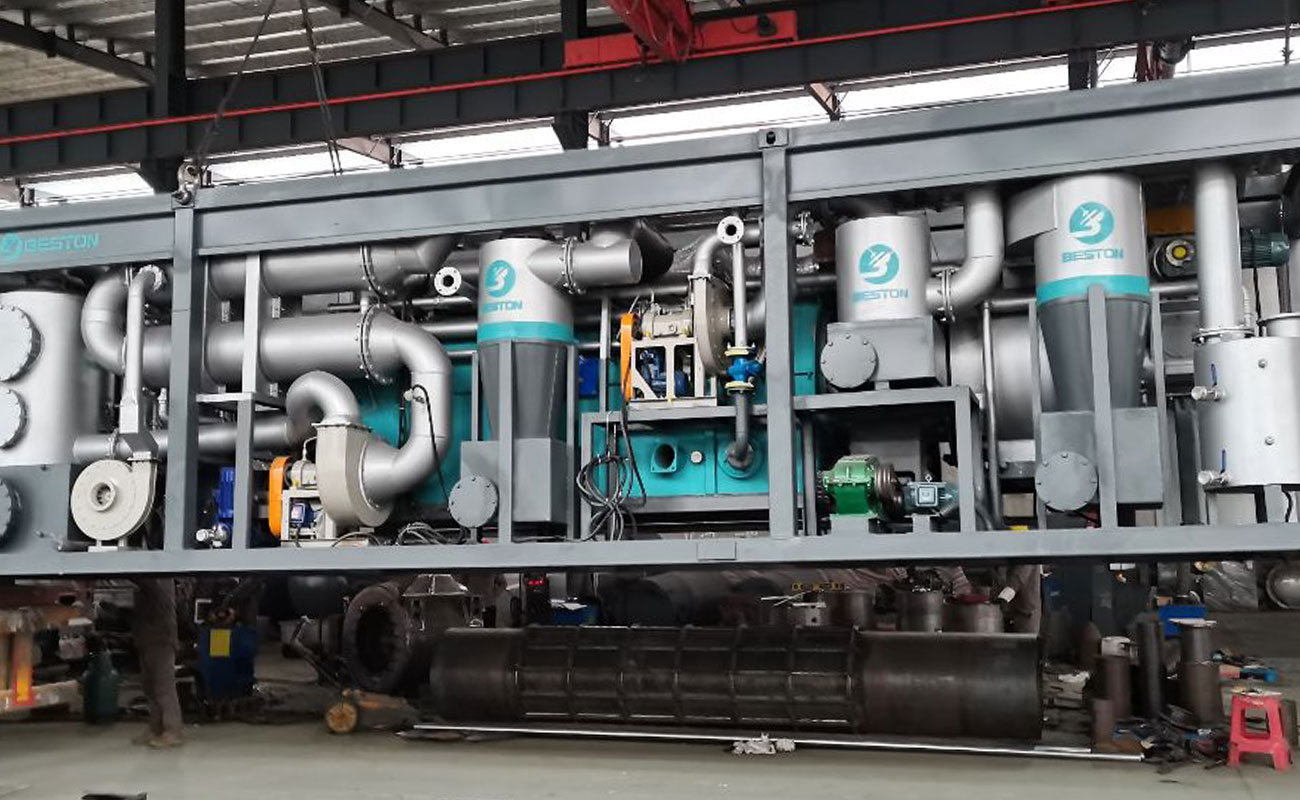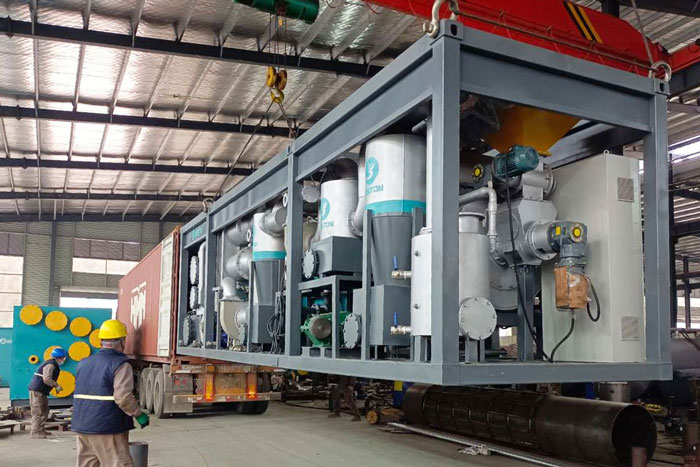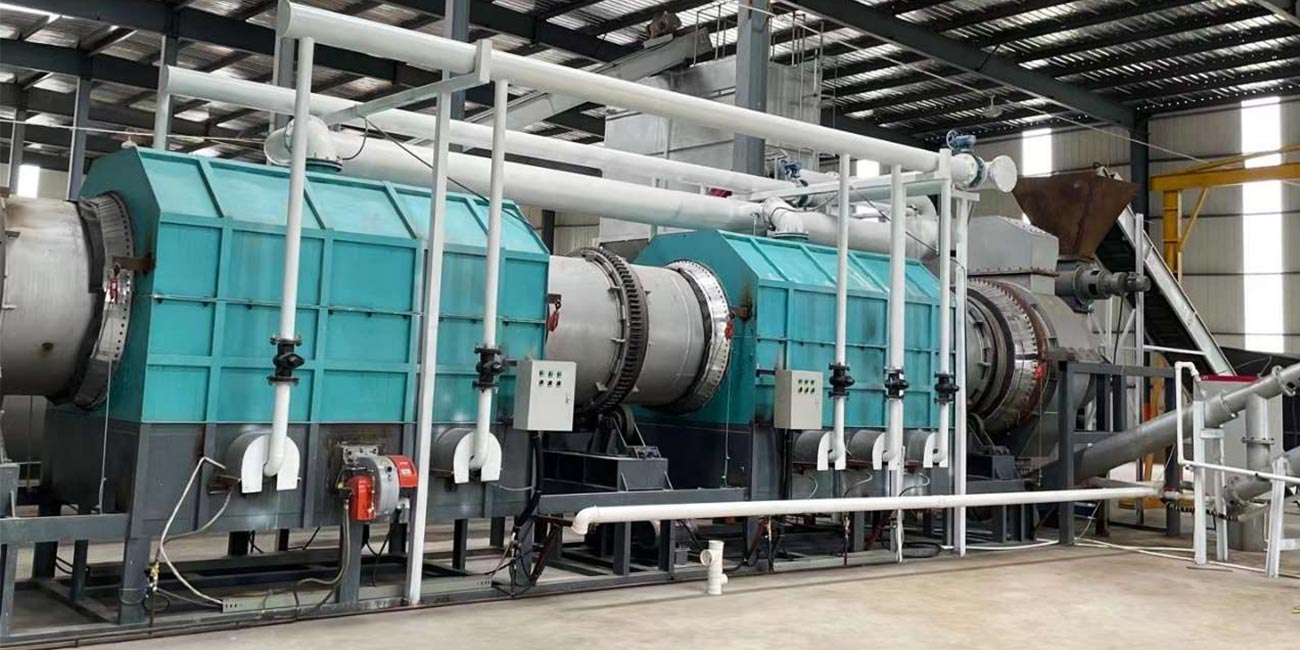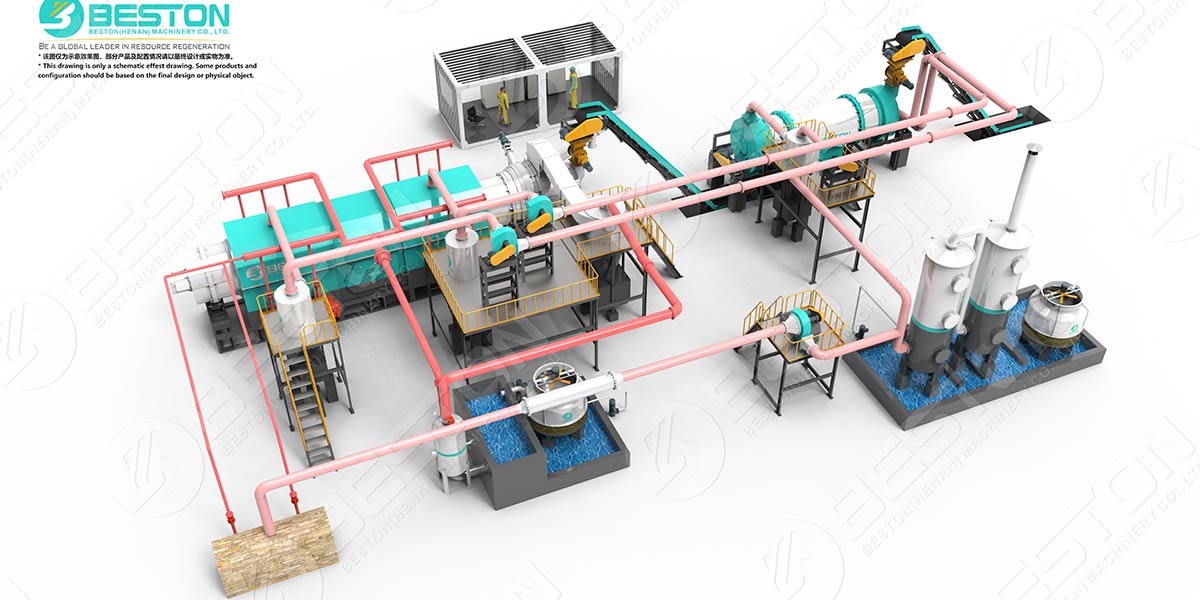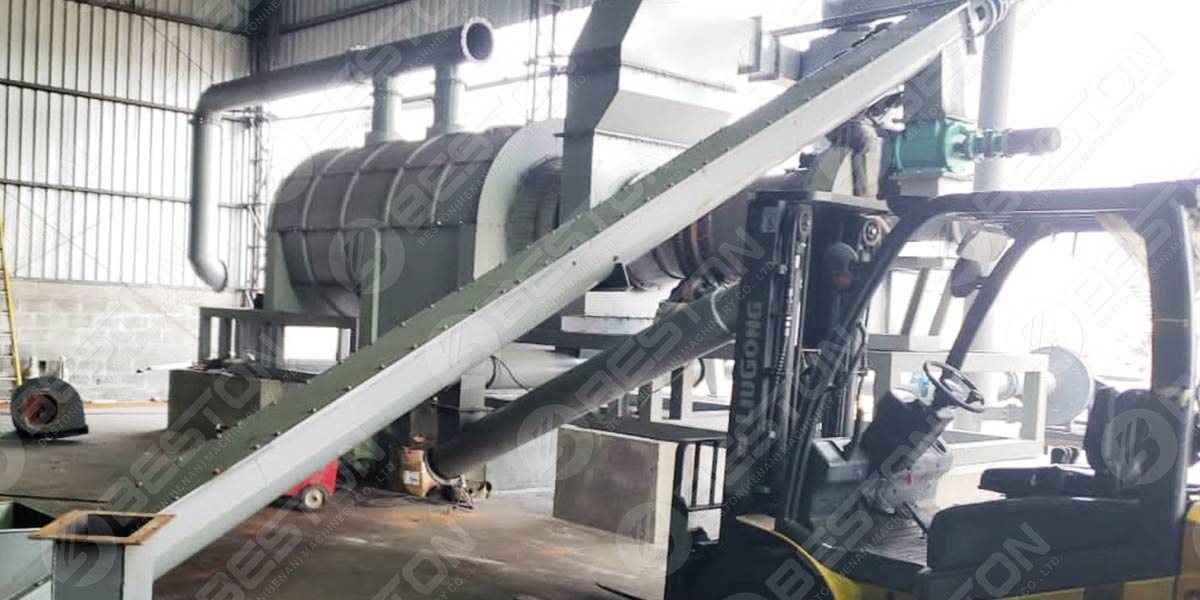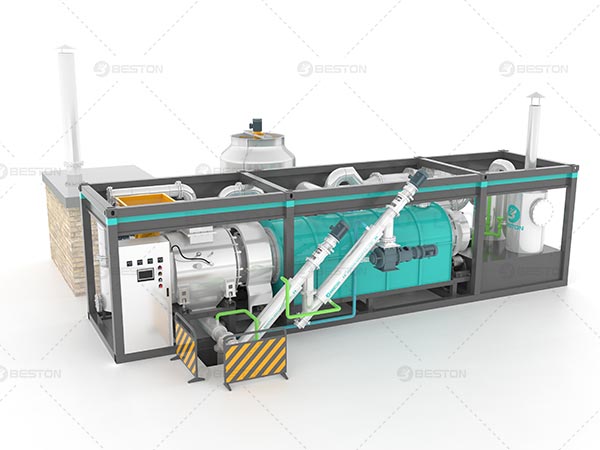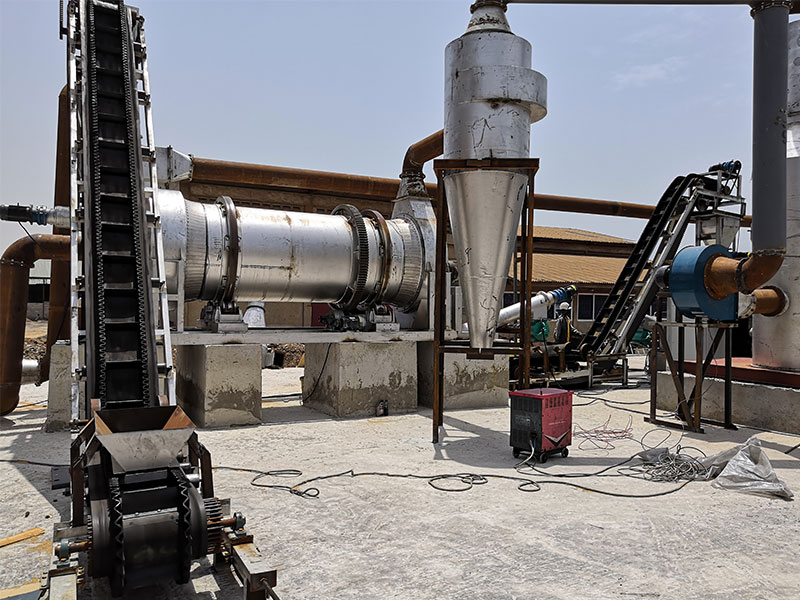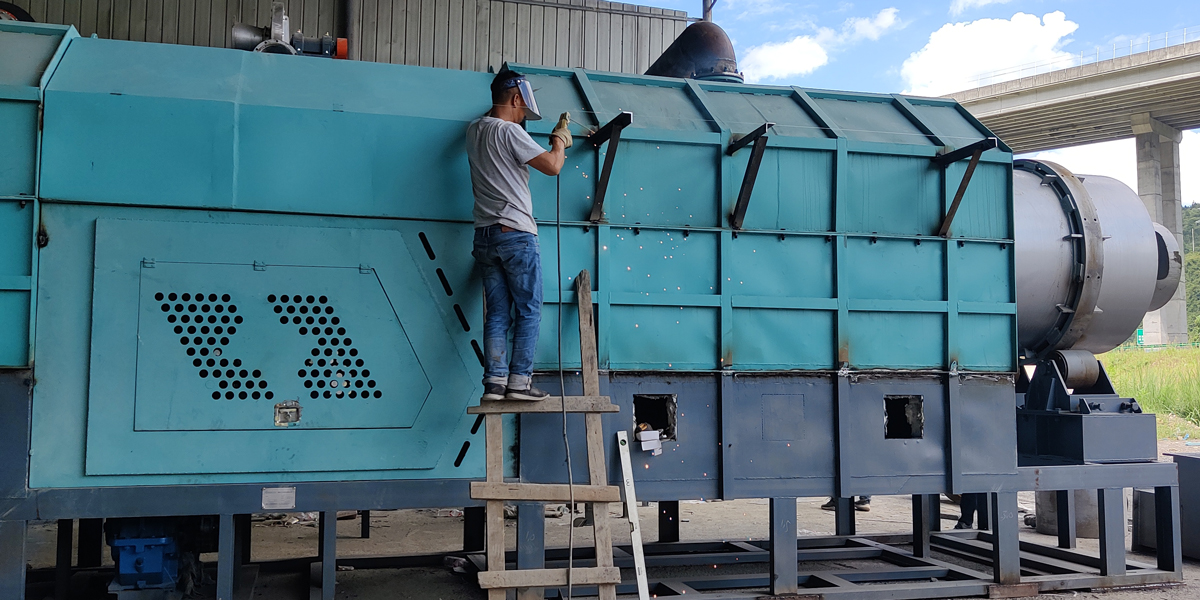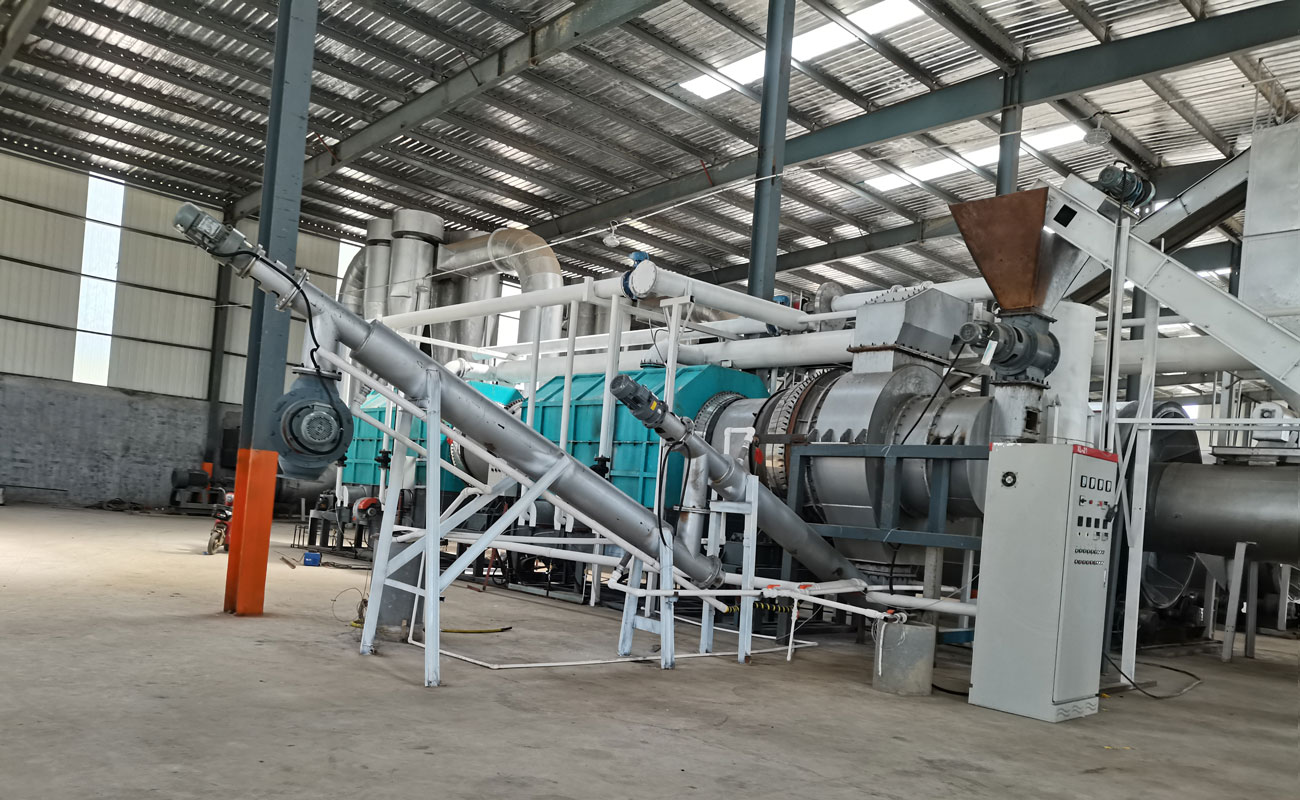The construction sector is under mounting pressure to adopt practices that reduce environmental burdens while maintaining durability and cost-effectiveness. Conventional materials such as cement and steel are energy-intensive to produce, generating significant greenhouse gas emissions. A viable pathway to mitigate these impacts lies in integrating biomass-derived charcoal into building materials. Modern charcoal making equipment enables this transition by converting agricultural and forestry residues into versatile products that can be repurposed for sustainable construction applications.
From Biomass to Functional Additives
Technologies such as the wood to charcoal machine transform raw residues into stable carbon forms through controlled pyrolysis. The resulting charcoal exhibits high porosity, structural stability, and thermal resistance. When ground into fine powder, it functions as an additive in cement composites, plaster mixes, and lightweight blocks. These enhancements reduce the reliance on virgin raw materials while improving insulation and durability in finished structures.
Briquette Applications in Construction Processes
The sawdust charcoal briquette machine produces uniform blocks with consistent density and energy content. Beyond household or industrial fuel use, these briquettes serve as temporary heating sources for curing construction materials in remote projects. Their controlled combustion minimizes smoke and residue, ensuring a cleaner production environment. Moreover, compact briquettes simplify logistics and storage, making them valuable in large-scale construction operations requiring portable energy inputs.
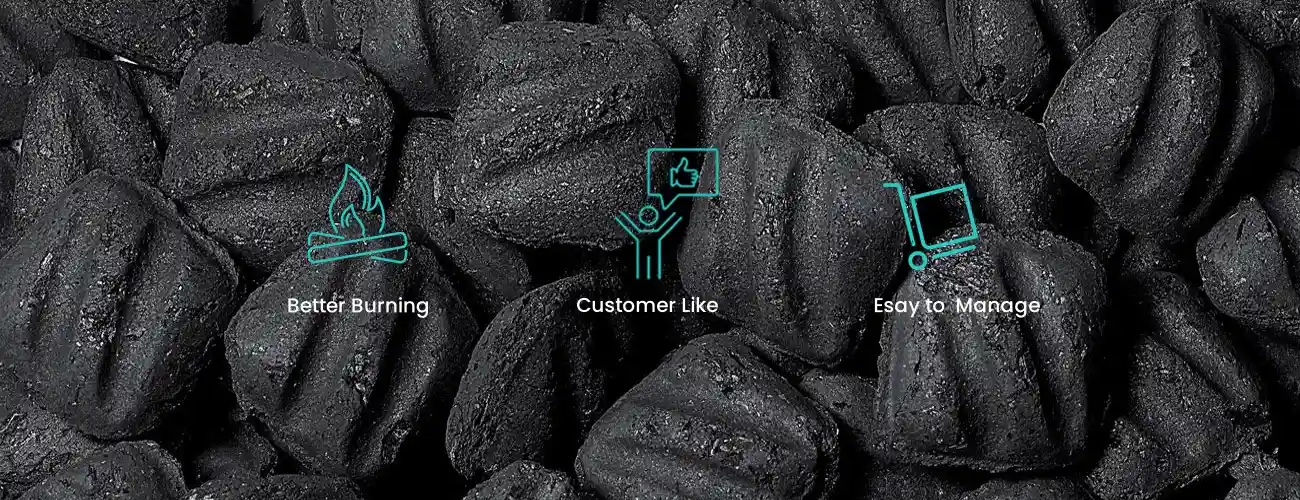
Utilizing Coconut Shell By-Products
Coconut shell charcoal machinery exemplifies how high-density biomass can be converted into robust materials for eco-friendly applications. Charcoal derived from coconut shells possesses exceptional strength and resilience, making it suitable as a filler in polymer composites and lightweight concrete. This incorporation not only strengthens the physical properties of construction elements but also locks carbon into long-lasting infrastructure, reducing the overall carbon footprint of buildings.

Enhancing Thermal and Acoustic Performance
Charcoal-based additives improve the thermal regulation and acoustic dampening of construction materials. Walls and blocks containing fine carbon powders retain heat more effectively and absorb sound waves, contributing to energy-efficient and comfortable living spaces. Such performance improvements align with the growing demand for green building certifications and sustainable urban development standards.
Waste Reduction and Circular Economy Integration
The conversion of sawdust, shells, and wood scraps into functional construction inputs supports circular economy principles. Instead of discarding residues through open burning or landfilling, these resources are valorized into carbon-rich products. Charcoal making equipment thus bridges the gap between waste management and resource innovation, ensuring that by-products of agriculture and forestry contribute directly to sustainable infrastructure.
Future Perspectives in Green Construction
As urbanization intensifies, the search for environmentally benign building materials will continue to accelerate. Integration of charcoal into construction practices demonstrates a practical method of reducing emissions while advancing material performance. Technologies such as the wood to charcoal machine, sawdust charcoal briquette machine, and coconut shell charcoal machinery position biomass utilization at the forefront of sustainable construction. They provide not only clean energy alternatives but also structural solutions that redefine the material landscape of the built environment.
